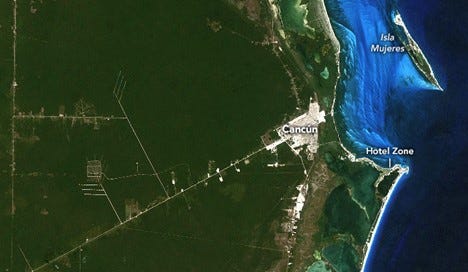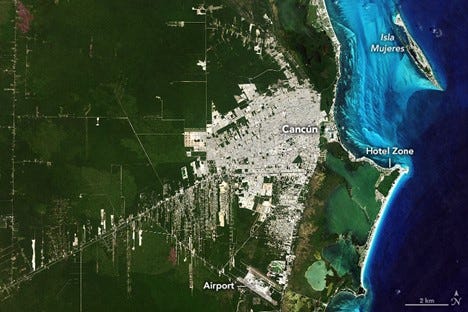[This week a review into the curriculum and assessment within the English education system was announced by Bridget Phillipson, the new Secretary of State for Education. The review will be led by Professor Becky Francis, and the recommendations will be published in 2025.
How will this impact on current GCSE and A level specifications? I have been involved in the aftermath of two such reviews, in 1998 and 2011. Some thoughts:
1. This is the start of any re-evaluation of the specifications. The general parameters of change will be determined by the review.
2. I think it highly likely that GCSE and A level assessment will move online, and that AI will feature in the process of assessment.
3. Ofqual, the government assessment regulator, will have a major role.
4. Awarding Bodies (ABs), whose subject experts are currently few in number, will have a reduced role, other than implementation. It might be that the review recommends just one AB for the country.
5. Subject committees will then be established – who will form these will be interesting to see. Professional Associations – for Geography, most likely the Royal Geographical Society – and universities will feature strongly. Will there be anyone from industry? These committees will determine the subject parameters for re-writing the specifications (or specification!) – i.e. key concepts, content, fieldwork requirements.
6. Past experience tells me that classroom teachers, and their subject organisations (e.g. the Geographical Association), will be consulted, but later in the process.
7. I doubt there will be any changes seen in the classroom until 2030. And, if Labour do not have a second term, the above could all the scrapped by the next government.]
Cancún is a popular Caribbean tourist destination located on the northeast tip of Mexico’s Yucatán Peninsula, in the state of Quintana Roo. Some key points:
1. Cancún boasts 22 km of beautiful beaches, making it an ideal spot for sun-seekers. Visitors can enjoy crystal-clear waters, white sands, and a vibrant atmosphere.
2. The city offers a wide variety of resorts, spas, clubs, and shopping malls.
3. Visitors can explore the El Rey Archaeological site, which features ancient Mayan ruins. Additionally, they can visit Chichén Itza, located nearby.
In the 1980s Cancún was largely unknown. The town had a population of approximately 100 people and was located in one of the poorest regions of Mexico. It had numerous sand dunes and a coast occupied by marshes, mangroves, and a snake-infested jungle. Over the past five decades, Cancún has been transformed into one of Mexico’s top tourist attractions. How did this happen?
In the late 1960s the Mexican government decided to develop the country’s tourism sector to boost the economy. To determine the perfect place, government officials analysed statistics from several successful resort locations, such as Miami Beach and Acapulco. They compiled information on the number of tourists, number of hotel rooms, average temperatures, average rainfall, and hurricane events and fed it into a computer program. The computer selected several potential sites for a new resort town. Government officials then visited each site along Mexico’s approximately 10,000km of coastline to inspect the beaches, swimming sites, and living conditions.
Before: March 28, 1985
After: April 11, 2019
Source: NASA
The officials selected Cancún because it had good weather year-round, blue seas, and white sand beaches. It was also located near the archaeological treasures stated above. It also had a high level of poverty and no industry of note.
In January 1970, construction began building the resort town. In September 1974, Cancún’s first hotel opened. Within a year, Cancún added more hotels and welcomed almost 100,000 tourists. Today, Cancún accommodates around 2 million visitors annually and generates around 25% of the country’s tourism revenue.
Most of the hotels are located on a 27km stretch of beach known as the Hotel Zone. While creating a large source of revenue, Cancún’s tourism also has had major impacts on the environment. One of the biggest issues is water pollution due to sewage from hotels, significantly more than the local treatment plants can handle. Untreated sewage ends up in the sea and becomes a threat to aquatic ecosystems, introducing pathogens that affect coral growth.
Images can be downloaded here.





